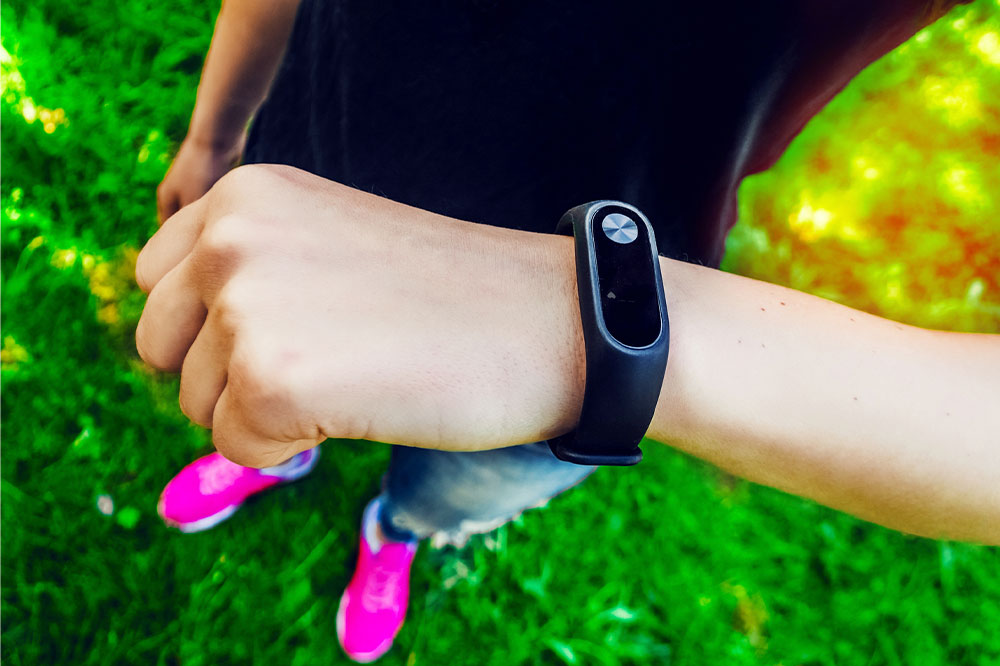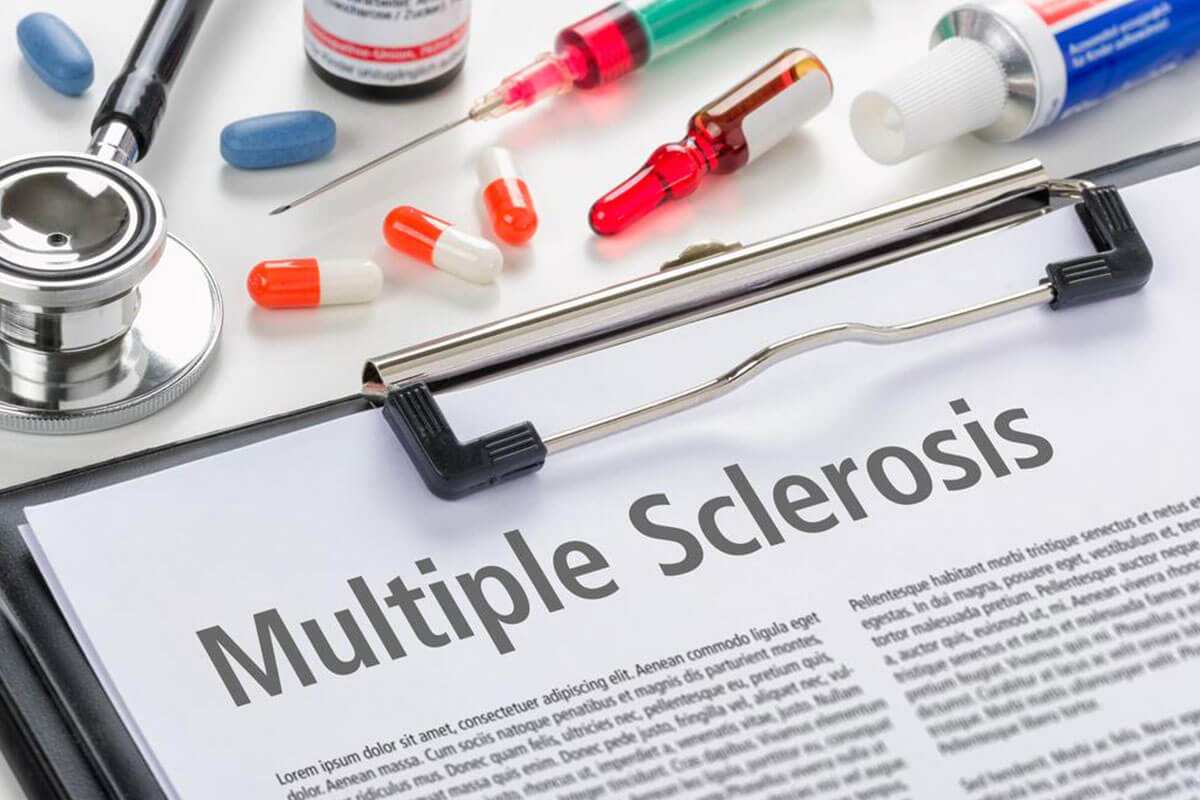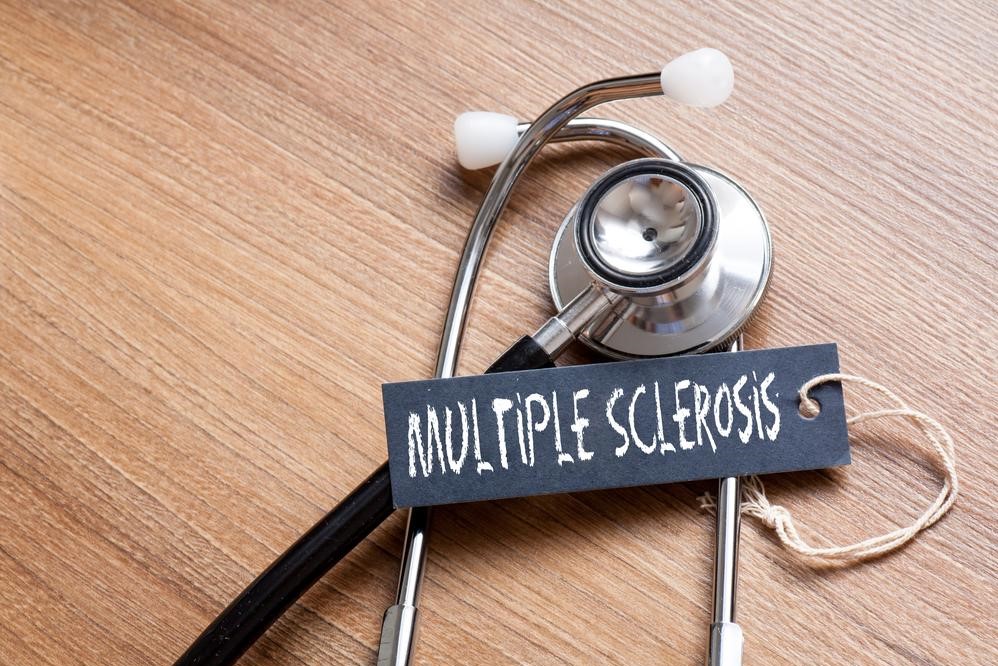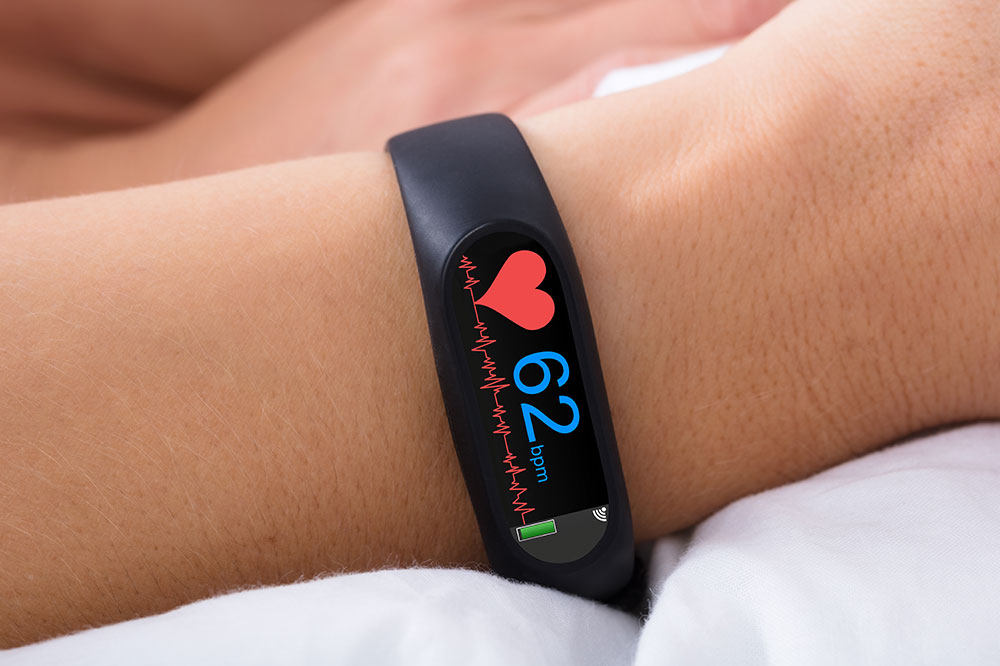Comprehensive Approaches to Managing Dyskinesia Symptoms Effectively
This article explores effective management strategies for dyskinesia, including lifestyle changes, emerging treatments like NLX-112, and innovative wearable devices. It emphasizes the importance of holistic care, stress reduction, and community support to improve quality of life. Cutting-edge therapies and technology are paving the way for better symptom control, offering hope to those affected by this movement disorder.
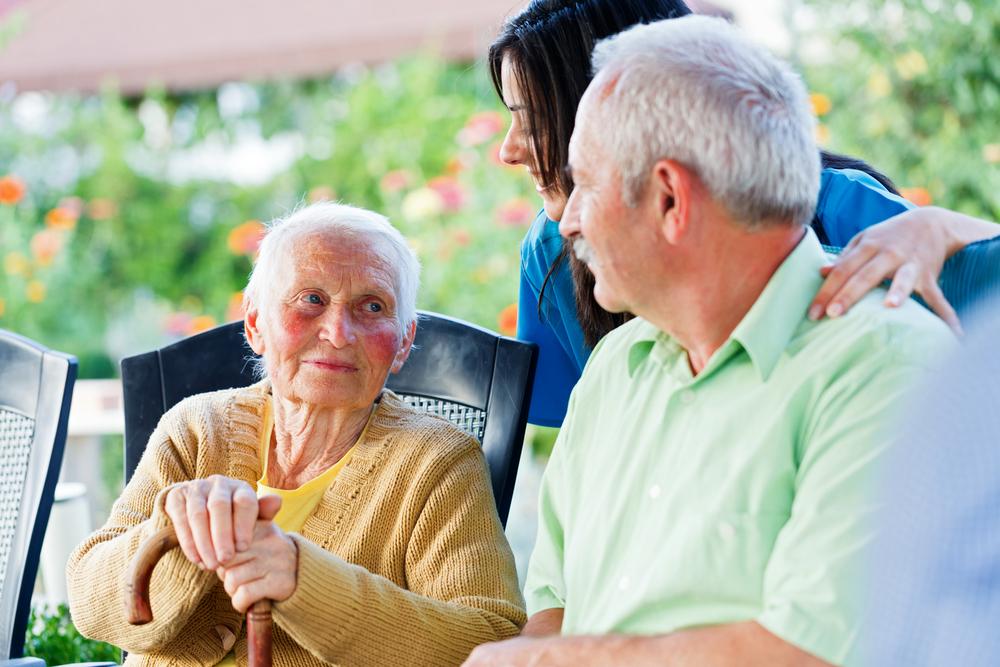
Comprehensive Approaches to Managing Dyskinesia Symptoms Effectively
Dyskinesia, characterized by involuntary and often uncontrollable movements, is a complex motor disorder commonly associated with Parkinson’s disease and other neurological conditions. While it has been depicted widely in films and documentaries, raising public awareness and fostering empathy, managing this condition remains a challenge for both sufferers and healthcare providers. Understanding the multifaceted impact of dyskinesia is essential for developing effective management strategies that can enhance the quality of life for affected individuals.
Involuntary movements, such as twitching, jerking, or writhing, can interfere with daily activities including reading, using electronic devices, dressing, walking, and eating. Such symptoms can be physically exhausting and emotionally distressing, often leading to social isolation or frustration. While medication adjustments can sometimes provide temporary relief, a more holistic management plan involves lifestyle modifications, supportive therapies, and emerging technological innovations.
Key Lifestyle Changes and Daily Management Tactics
Maintaining Overall Physical Health
Eating a Nutritious and Balanced Diet
Engaging in Gentle and Low-Impact Exercises
Practicing Effective Stress Management Techniques
Participating in Support Groups and Community Resources
Implementing these strategies helps reduce symptom severity, enhances overall well-being, and fosters resilience in managing chronic symptoms. In addition, new treatments and innovative devices are continually under development, offering hope and improved symptom control for patients.
Prioritizing health is vital for individuals living with dyskinesia. Proper nutrition, consistent medication intake, and sufficient sleep form the foundation of symptom management. Incorporating light physical activities such as walking or swimming can help strengthen muscles, improve circulation, and boost mental health. Stress reduction is equally crucial; hobbies, yoga, and social interactions with loved ones can significantly diminish the frequency and intensity of movement episodes. Support communities—whether online forums or local groups—provide valuable shared experiences, information about new treatments, and emotional support.
Emerging and Innovative Therapies
Recent developments in medication design include promising drugs like NLX-112, which target specific neurological pathways to reduce dyskinesia symptoms. These upcoming therapies aim to provide longer-lasting relief with fewer side effects. Additionally, technological advancements have led to the creation of wearable devices equipped with sensors, such as smart watches and fall-detection belts, allowing continuous monitoring of movement patterns. These devices can alert caregivers proactively to potential episodes, improving safety and response times.
Furthermore, cutting-edge tools, including smart helmets and pressure-sensitive pillows, are being tested to detect and predict movement episodes preemptively. These innovations aim to provide real-time data that can help customize treatment plans further and offer timely interventions, ultimately elevating standards of care and patient independence.
Overall, managing dyskinesia requires a comprehensive approach that combines medical treatment, lifestyle adjustments, technological support, and psychosocial care. As research progresses and new therapies emerge, individuals living with this challenging disorder can look forward to improved symptom control, greater autonomy, and enhanced quality of life.

